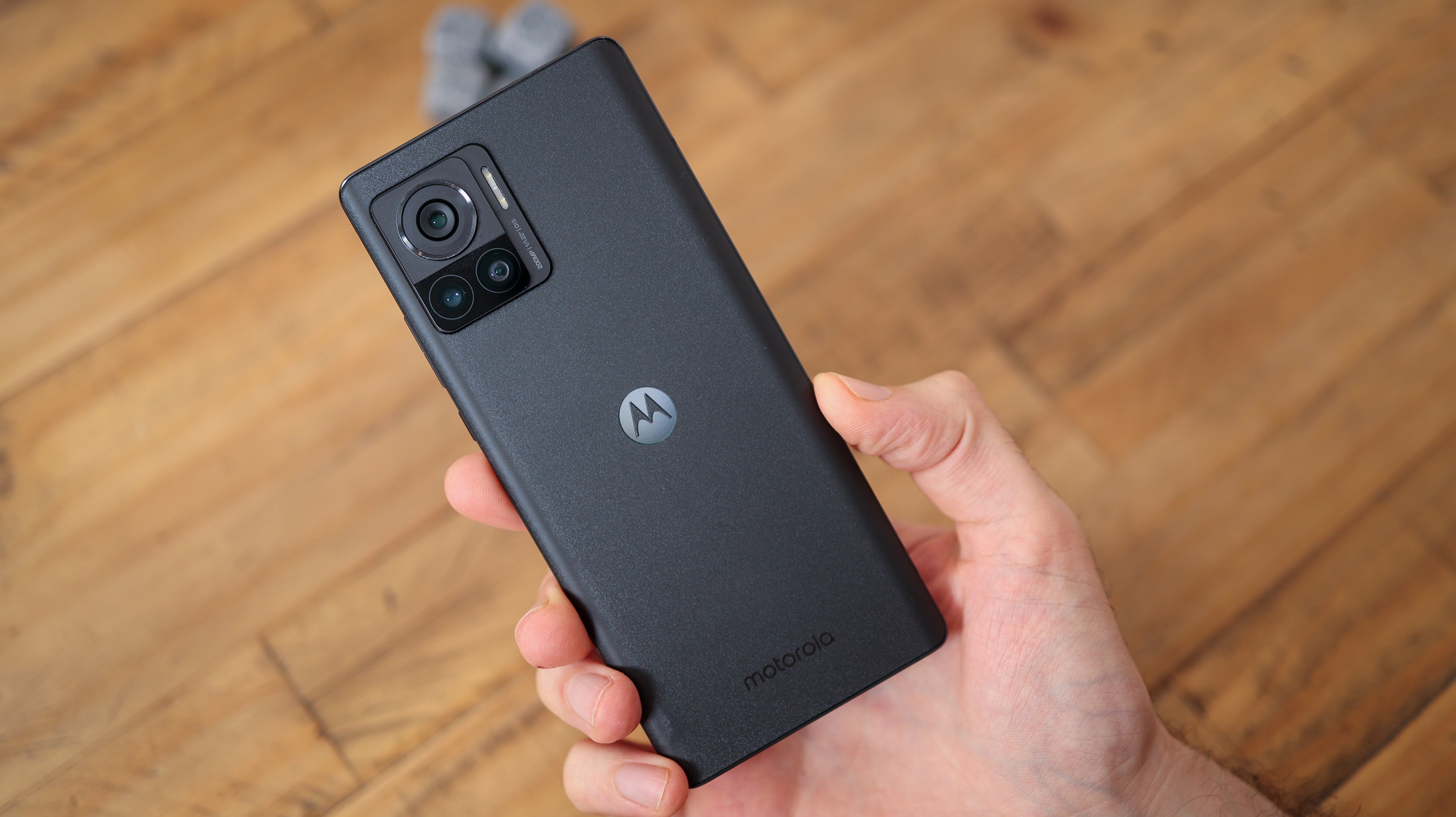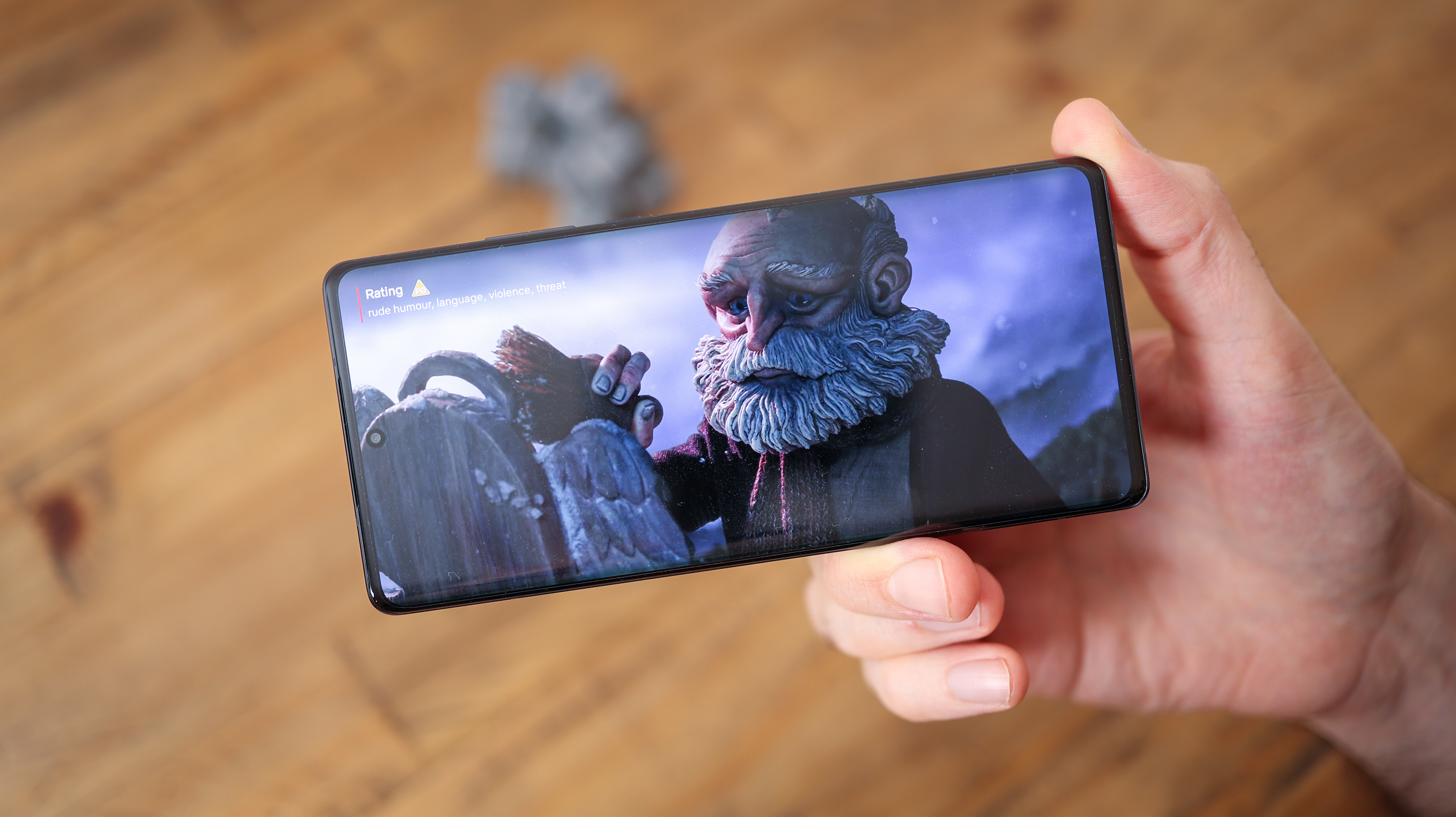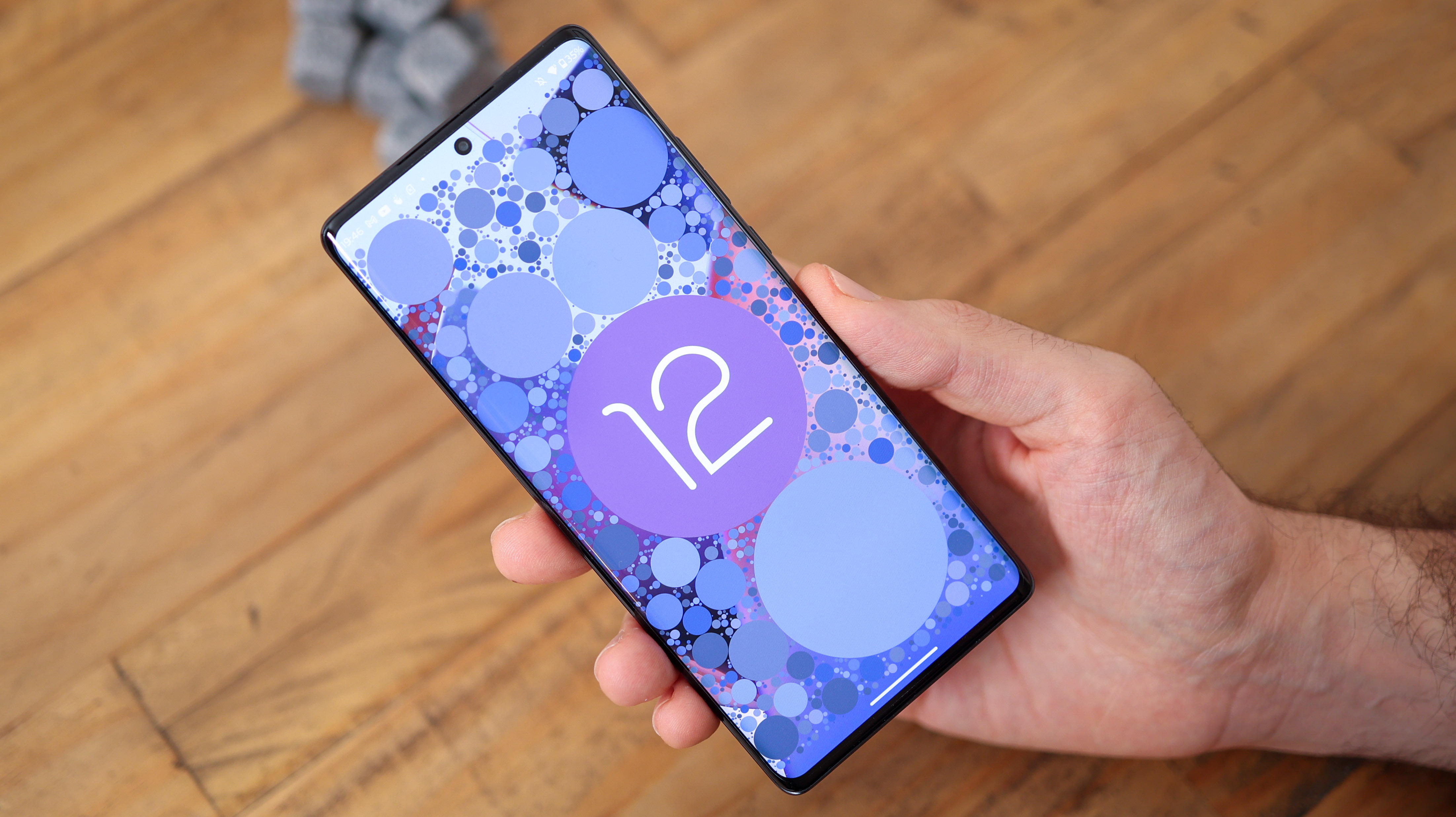Digital Camera World Verdict
The Edge 30 Ultra is the best phone we’ve seen from Motorola in ages. It’s a fantastic-looking, powerful, fully-featured handset with a great camera system. Unfortunately, Motorola’s default image processing is a bit heavy-handed. Side-load a third-party camera app, though, and you can eke out stellar results to complete an all-around fantastic smartphone experience.
Pros
- +
Excellent design
- +
Gorgeous-looking display
- +
Powerful hardware
- +
Fast wired and wireless charging
Cons
- -
Clumsy photo processing
- -
Telephoto reach isn’t class-leading
- -
Battery life is good, not great
Why you can trust Digital Camera World
Motorola has become known for churning out capable midrange and budget phones, but it's failed to take on the mightiest camera phone competition – but that changes with the premium Edge 30 Ultra.
The first seriously high-end phone from Motorola in years, the Edge 30 Ultra combines flagship power with a strikingly elegant design, complete with tapered edges and a slim profile.
Also headline-grabbing in the camera department, the Edge 30 Ultra is the first phone to bring a 200MP camera system to market.
With tons of pixels spread across a sensor that’s larger than that of an iPhone 14 Pro, it’ll be interesting to see whether Motorola’s Edge 30 Ultra can best Apple's mightiest iPhone to date in the camera department.
While Motorola phones haven't always hit the mark with their photo processing, with any luck, this ultra-premium package will combine great-looking, sounding hardware and upgraded image processing.
Also read our guide to the best Android phones.
Motorola Edge 30 Ultra and screen





The Motorola Edge 30 Ultra combines curved glass on the front and back with an aluminum frame, so instantly feels premium.
The best camera deals, reviews, product advice, and unmissable photography news, direct to your inbox!
It's thin, at 8.4mm, and not too heavy at 198.5g, but it's still a handful thanks to its large 6.67-inch display. Elegant in the hand, rich to the touch, on first impression, the Edge 30 Ultra is a winning piece of design.
On the bottom side of the phone is a USB-C port, a loudspeaker, and a SIM tray. To the right is a volume rocker and power button, and at the top, a Dolby Atomos insignia, foreshadowing decent quality stereo sound.
Understated, the phone's glass back is finished with a matte texture that has a diffuse look, so doesn't reflect light or hold onto fingerprints with any intention. We reviewed the Interstellar Black model, though it's also available in Starlight White.
All things considered, we’re big fans of the Edge 30 Ultra’s design. It reminds us that Motorola is still relevant in the high-end space, even after years of churning out affordable phones.


Also impressive is the Edge 30 Ultra’s screen. It’s an OLED panel with a 144Hz refresh rate, so looks super-smooth and very punchy.
Motorola has tuned the colors to strike a fine balance between vibrant and natural, and with its 10-bit coverage, gradients look smooth, and HDR10+ video is supported.
Perhaps one area the Edge 30 Ultra falls behind top-tier flagships like the Oppo Find X5 Pro is resolution. With 1080 x 2400 pixels, Motorola's phone is slightly less sharp than the finest iPhones and Samsung Galaxys. Nevertheless, only real pixel peepers will consider the Edge 30 Ultra unsharp, given it still crams 395 pixels in every inch of screen.
With its beaming 1250 nits maximum brightness, even in sunny climes, it's easy to see what's on your screen, and thanks to a host of customization options within the settings, you can also adjust the display settings to tweak saturation and color balance to best suit your tastes.
Motorola Edge 30 Ultra camera specs
The big-hitting news when it comes to the Motorola Edge 30 Ultra's camera is that it features a primary 200MP sensor, which is Samsung's latest, ISOCELL HP1. This is a 1/1.22-inch sensor, which is physically larger than the sensor in the iPhone 14 Pro Max – a mighty spec considering the phone is significantly cheaper.
The 200MP sensor captures 12.5MP photos by default thanks to its 16-to-one pixel binning. The camera also benefits from OIS and a wide f/1.9 aperture lens.
The two other cameras on the Edge 30 Ultra are less standout, with the 12MP telephoto camera only delivering a two-times zoom range and a very traditional 12MP resolution.
Thankfully, Motorola still includes a competitive ultra-wide camera, combining a 50MP sensor with an f/2.2 aperture, a large 1/2.76-inch sensor, and autofocus. The latter point means the Edge 30 Ultra's ultra-wide camera can capture macro shots as well as traditional ultra-wide landscape-style photos.




The big pixel counts aren't limited to the back of the phone – the selfie camera is a 60MP module with an f/2.2 lens and a 1/2.8-inch sensor – impressive on paper for a front camera. Employing four-in-one pixel binning, it captures 15MP photos as standard.
The Motorola Edge 30 Ultra's shooting modes are very traditional and include Slow motion, Photo, Video, Portrait, Pro, Panorama, Dual capture (across photo and video), Night vision, Document scan, Spot color, Ultra-Res, and Timelapse.
Ultra-Res is Motorola's brand of 200MP, full resolution capture, while Dual capture takes a photo or video with both the front and rear cameras simultaneously with a split-screen view.
The Edge 30 Ultra's large, high-res sensor can also shoot video at up to 8K resolution, and if you're happy with 4K capture, you can also turn on HDR10 recording.
Motorola Edge 30 Ultra camera review
You can see the three optical focal lengths of the Motorola Edge 30 Ultra below as you scroll through the pictures. The photos are taken at three selectable ranges within the UI – 0.5x, 1x, and 2x.
In addition to illustrating the optical focal lengths, the images below also showcase the difference between the three cameras when shooting in challenging lighting. The primary camera is clearly the best performer, gathering more information from darker areas, while the secondary cameras struggle.



While the three cameras don't capture equally impressive photos at night, in bright scenes, they all do at least a good job, though none win us over entirely owing to Motorola's image processing. Photos pack over zealously boosted contrast, so the Edge 30 Ultra's camera hardware is ultimately held back by the camera's processing.
Evenly-lit, light subjects, like the sheet below, captured using the macro mode with the ultra-wide camera, look good and are rich in detail. Darker elements, though, like the coffee grounds, disappear into a blob of amorphous black.
Some will likely appreciate Motorola's pre-filtered aesthetic. Traditionalists, however, will resent needing to dial back contrast or shoot in RAW to capture photos with any dynamic range in the shadows.






Shoot in RAW or with a third-party camera app, including Lightroom, and the results are generally more reliable when it comes to shadow detail.
Despite our quibbles with the Edge 30 Ultra's heavy-handed contrast, there's a lot we like about its camera system. The ultra-wide camera is powerful, and generally, the camera system's colors looked on point.
The primary camera's huge sensor also captures beautifully shallow depth of field when shooting nearby subjects, and the Ultra-Res mode retains a lot of detail when lighting is ideal.
As for the selfie camera, the Edge 30 Ultra's is one of the most flattering around. Turn off all the AI enhancements, and it still applies a beauty filter – there's no way the photo above isn't enhanced in some way to smooth out skin and brighten elements like eyes and dark circles.
All things considered, while the Edge 30 Ultra's camera still falls victim to much of what makes every other Motorola phone inferior to top performers, thanks to its lower price and powerful hardware, the camera system is still a mighty package. This is especially true when it's matched with one of the best camera apps, or if you capture photos in RAW.
Motorola Edge 30 Ultra additional specs
Running Android 12, Motorola's flagship supports a wealth of apps out of the box – all you need is a Google account to get you off the ground. It's also loaded up with plenty of value adds out of the box in Motorola's Ready For feature.
Ready For activates when you plug your compatible Motorola phone into a PC or external monitor and offers different experiences for each.
Hooked up to a Windows device, the Edge 30 Ultra can display apps, mirror your phone UI, use the handset as a webcam, and activate wired tethering on your computer.
Hooked up to a display via HDMI to USB-C, the phone can project a desktop UI to the screen, so it's poised for mouse and keyboard productivity. It can also shortcut you straight to big-screen gaming, video calling, or watching with compatible apps like Netflix and Disney+.
Married with the Edge 30 Ultra's mighty Snapdragon 8+ Gen 1 chipset, up to 512GB storage and either 8GB or 12GB RAM, and whichever way you cut it, the Edge 30 Ultra is a productivity powerhouse and a confident gaming phone too.
Biometric security is also handled by an in-display fingerprint scanner that was responsive in our time with it, and there's also support for Face unlocking within the settings.
While the phone's battery is a bit smaller than many competing options at 4610mAh, it still comfortably saw us through a full day, and the fact it combines very fast 125W charging and 50W wireless charging means that even if you need a midday top-up, it won't take long.
Motorola Edge 30 Ultra verdict
If the Motorola Edge 30 Ultra's camera software processed out photos with a bit more nuance, the phone would have been a hands-down five-star option. Its design, screen, performance, and camera hardware all help it shine.
We don't even mind the phone's limited telephoto reach, given the fact it's priced so fairly – significantly less than the priciest Androids or iPhones.
For most, therefore, the Edge 30 Ultra is a very smart option. While discerning photographers will resent Motorola's heavy-handed image processing, there are still ways around this, so while it misses out on being one of the best camera phones of 2023, based on value and overall performance, it's still one of the best smartphones out now.
If you're thinking about a Motorola Edge 30 Ultra and want to try Ready For, check out some USB-C hub options to help you hook it up to an external display.
Alternatively, for a phone range with more nuanced photo processing and similarly great value, have a look at the best Google Pixel phones to see which might be right for you.
Basil Kronfli is a freelance technology journalist, consultant, and content creator. He trained in graphic design and started his career at Canon Europe before moving into journalism. Basil is also experienced in video production, independently running the YouTube channel TechEdit, and during his time at Future, he worked alongside the Digital Camera World team as a senior video producer.







